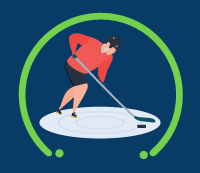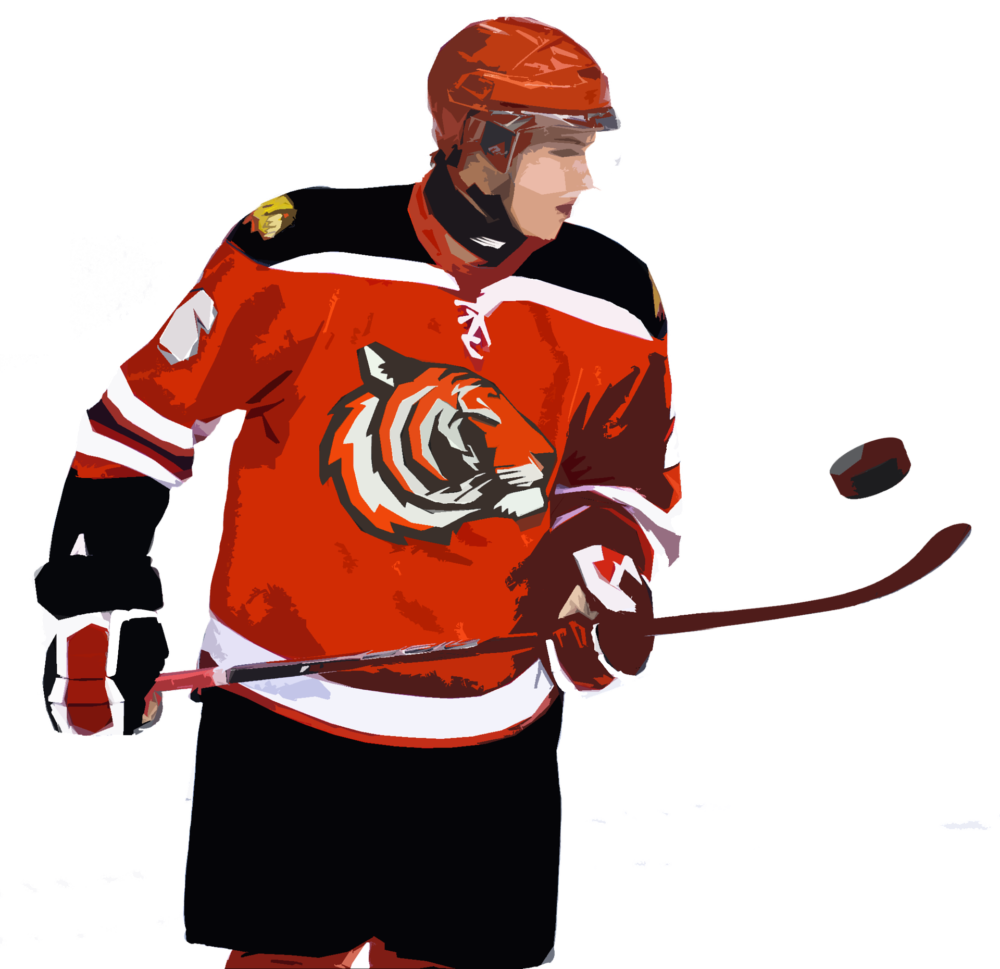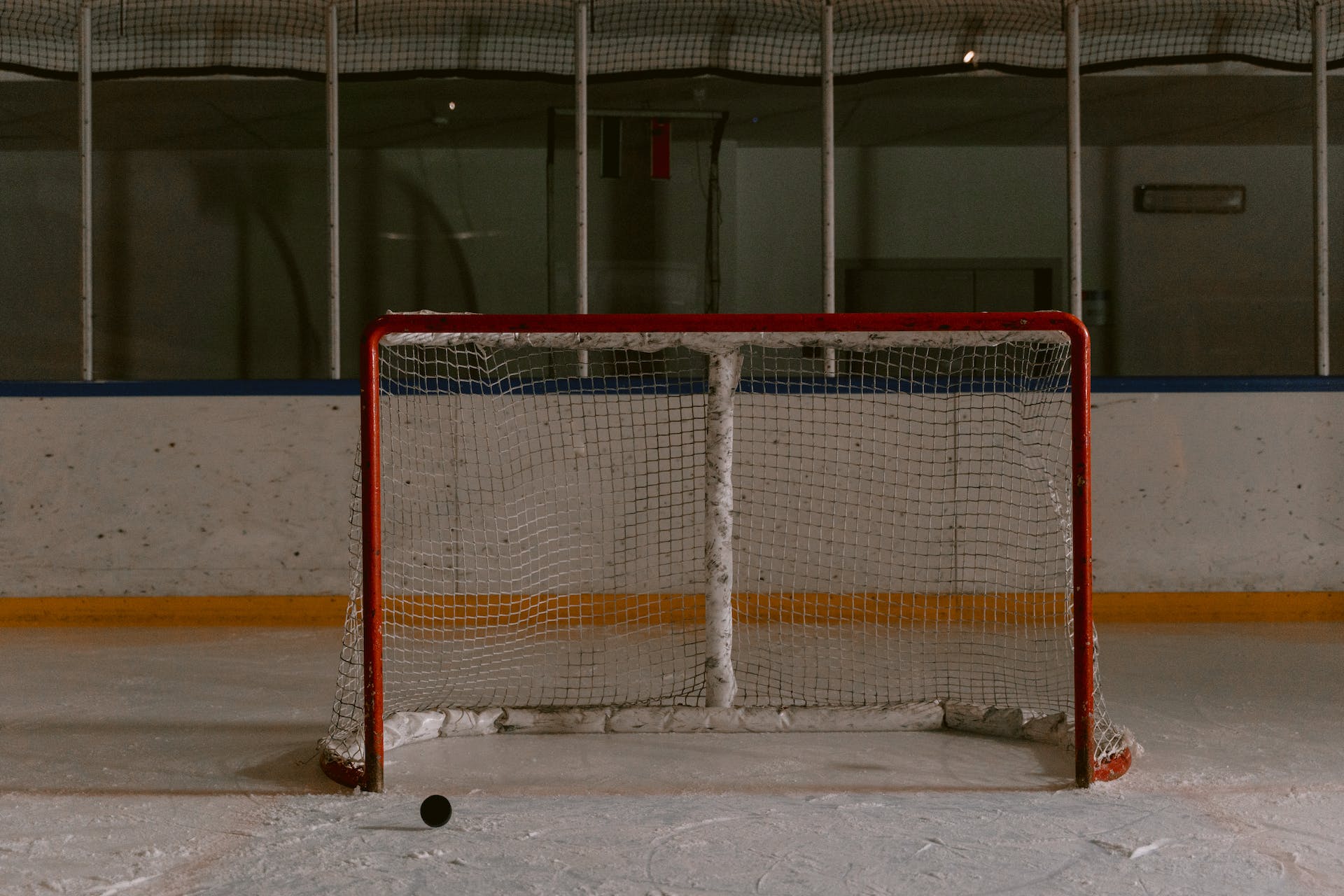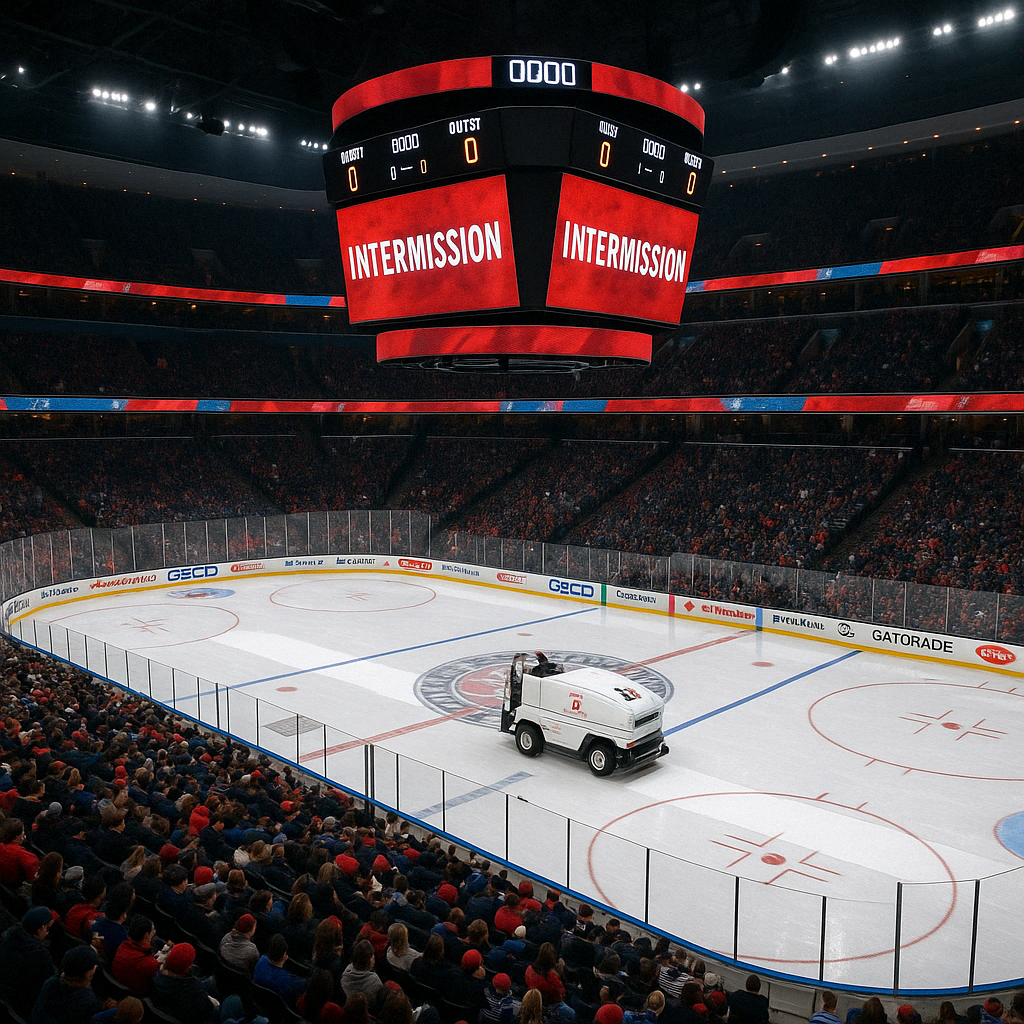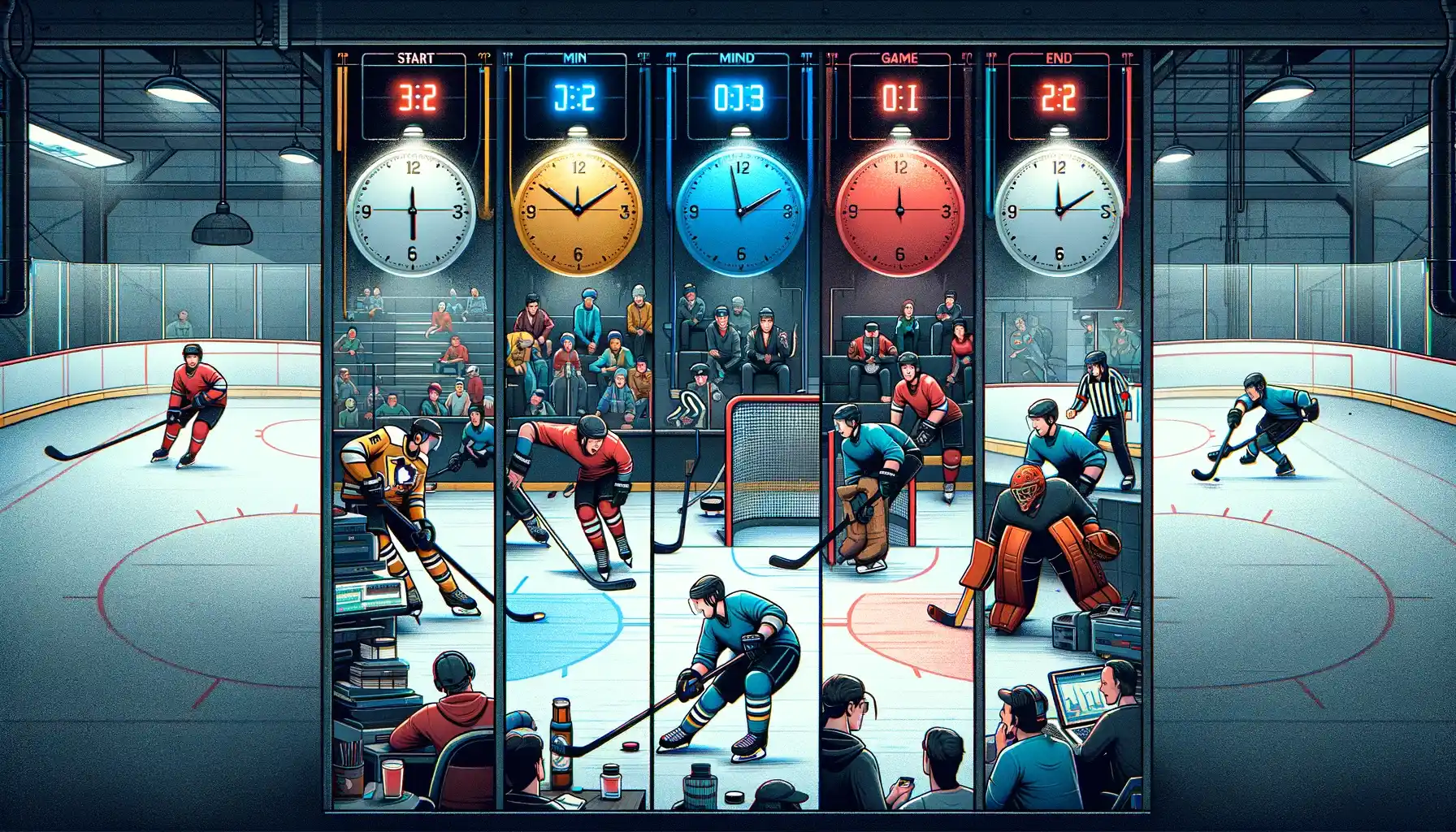Penalties in hockey are rule-based consequences that affect team strength, pace of play, and game strategy. This guide outlines all penalty types, real-game examples, and recent NHL enforcement changes that reshape how infractions are called and managed.
What a Penalty Means in Hockey
A penalty is assessed when a player violates a rule—resulting in removal from the ice for a fixed time. During that penalty, the opposing team gains a power play advantage, which often leads to scoring opportunities or a shift in momentum.
But penalties are more than just time served. They influence game rhythm, test team depth, and reflect the league’s approach to fairness and safety. Over time, the NHL has evolved its rules to close loopholes and discourage tactical exploits. In 2024–2025, several new rules were introduced to enforce consistency and reduce avoidable risks.
Key rule changes this season include:
-
Coach’s Challenges expanded to include puck-over-glass infractions (Rule 38).
-
Goaltenders penalized for displacing the net to gain strategic resets (Rule 63.8).
-
Face-off violations are now enforced against both centers after icing (Rule 76.4).
-
Warm-up time granted to substitute goalies mid-period to prevent injury risk (Rule 8.2).
Understanding how penalties work—and how they’re changing—is essential whether you’re watching as a fan, coaching a team, or playing competitively. This guide breaks it all down, from minor calls like tripping to match penalties and misconduct ejections.
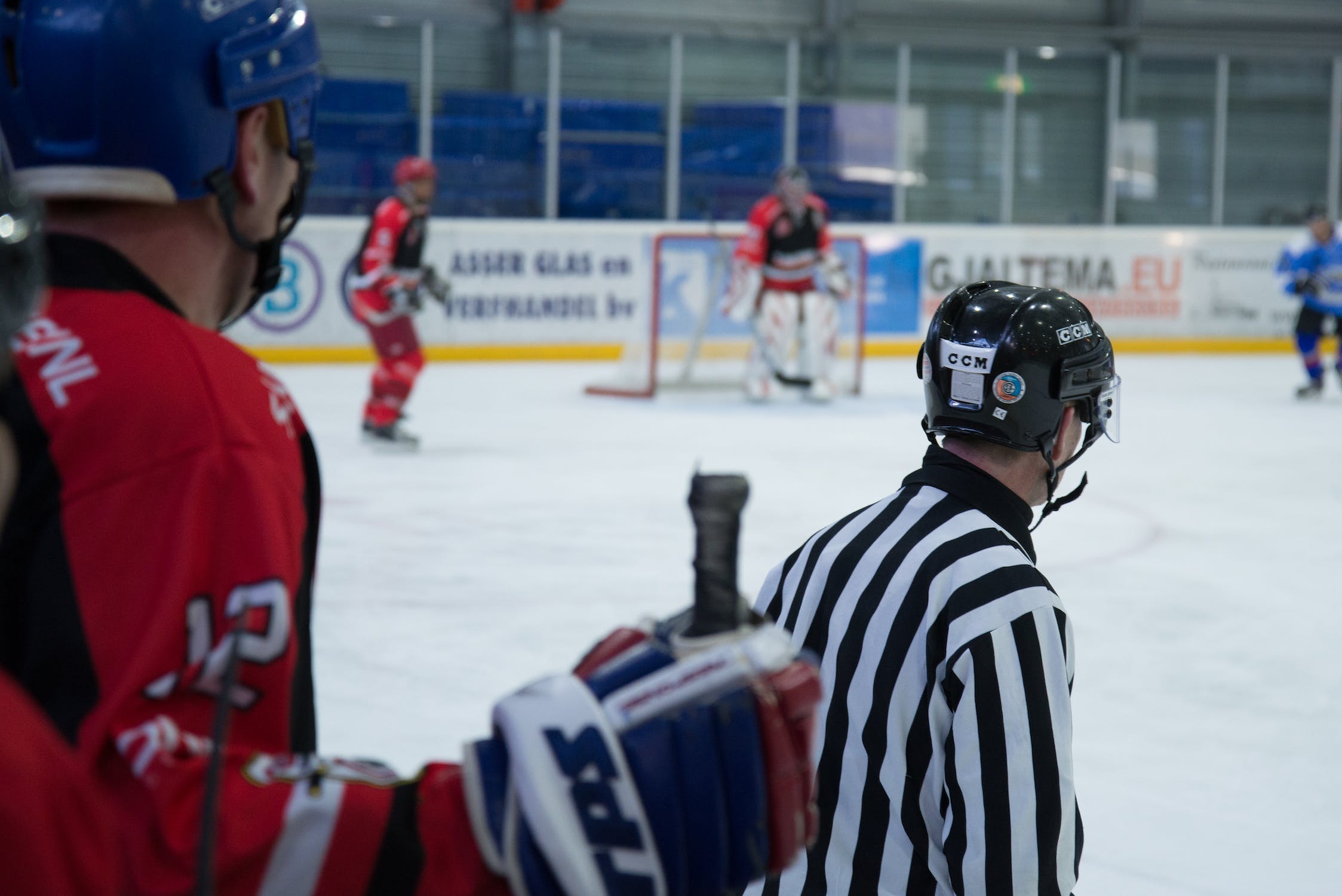
Types of Penalties in Ice Hockey
Penalties in hockey fall into five main categories: minor, major, misconduct, game misconduct, and match penalties. Each type has a different impact on the game, and the severity of the infraction determines both the duration and consequences.
Minor Penalties (2 Minutes)
Minor penalties are the most common and last two minutes, during which the offending team plays short-handed. If the non-offending team scores during the power play, the penalized player is released early (except for certain double minors).
Common minor penalties include:
| Penalty Type | Description |
|---|---|
| Tripping | Causing an opponent to fall by using the stick, leg, or body. |
| Hooking | Using the stick to restrain or slow down an opponent. |
| Slashing | Swinging the stick at an opponent; contact is not required for the call. |
| High-Sticking | Contacting an opponent above the shoulders with the stick. |
| Cross-Checking | Using the shaft of the stick between both hands to push an opponent. |
| Interference | Checking or obstructing a player who does not have the puck. |
| Elbowing | Using the elbow to impede or strike another player. |
| Boarding | Pushing or checking a player dangerously into the boards. |
| Charging | Taking multiple strides before delivering a hit with excessive force. |
| Roughing | Unnecessary physical aggression, often post-whistle. |
🟡 New Enforcement Note (2024–25): Face-off violations after icing now result in a minor penalty on the second infraction. Both offensive and defensive centers can be penalized under Rule 76.4.
The rules around minor penalties also extend to the art of hockey passing and more, making knowledge of them crucial for both newbies and seasoned players.
Major Penalties (5 Minutes)
Major penalties are assessed for dangerous or violent infractions and are served in full, regardless of whether a goal is scored. These can significantly alter the game’s momentum.
| Penalty | Description | Type | Duration |
|---|---|---|---|
| Tripping | Causing an opponent to fall with stick or body | Minor | 2 minutes |
| Hooking | Impeding movement using stick | Minor | 2 minutes |
| Slashing | Swinging stick at opponent (contact not required) | Minor/Major | 2 or 5 minutes |
| High-Sticking | Stick contact above shoulder level | Minor/Double | 2 or 4 minutes |
| Cross-Checking | Hitting with stick shaft held in both hands | Minor/Major | 2 or 5 minutes |
| Boarding | Dangerous hit into boards | Minor/Major | 2 or 5 minutes |
| Charging | Taking multiple strides before a hit | Minor/Major | 2 or 5 minutes |
| Interference | Obstructing player not in possession | Minor | 2 minutes |
| Delay of Game | Puck over glass, dislodging net, stalling | Minor | 2 minutes |
🔴 Note: Some infractions, like spearing or boarding, can be upgraded from minor to major depending on severity and intent.
Recognizing these major penalties and their implications plays an essential role in body checking in hockey and overall gameplay.
Misconduct Penalties (10 Minutes)
A misconduct penalty removes the player from play for 10 minutes but does not result in a power play. Another player serves in their place on the ice.
These are often used to penalize inappropriate behavior, such as:
-
Verbal abuse or taunting
-
Arguing with officials
-
Overly aggressive post-whistle conduct
A second misconduct in the same game can escalate into a game misconduct or suspension review.
| Misconduct Penalty Types | Description |
|---|---|
| Unsportsmanlike conduct | Exhibiting poor sportsmanship or disrespect. |
| Abuse of officials | Disrespectful or aggressive behavior towards the game officials. |
Understanding and adhering to the code of conduct is as essential as mastering your hockey shooting and passing skills
Game Misconduct Penalties
This penalty results in ejection from the game. A five-minute major is served by another player, and the offending player may face further review.
Situations that typically lead to game misconducts:
-
Intent to injure
-
Repeated dangerous behavior
-
Severe fighting or escalation
Players ejected under game misconduct are automatically reviewed by the league’s disciplinary team.
| Game Misconduct Penalty Types | Description |
|---|---|
| Deliberate injury | Intentionally causing harm to an opponent. |
| Fighting | Engaging in a physical altercation with another player. |
Match Penalties
A match penalty is the most serious form of punishment in hockey. It’s assessed when a player deliberately tries to injure an opponent.
Key consequences:
-
Immediate ejection from the game
-
Five-minute major served by a teammate
-
Automatic league review for fines or suspension
Examples include:
-
Deliberate hits to the head
-
Stick-related violence causing injury
-
Using prohibited equipment to cause harm
⚠️ In 2024–2025, the NHL reinforced match penalty enforcement for equipment violations under Rule 11, including illegal stick curves and oversized goalie gear.
| Match Penalty Types | Description |
|---|---|
| Deliberate attempt to injure | Intentionally attempting to harm an opponent. |
| Striking an opponent with a stick | Intentionally hitting an opponent with a stick above the shoulders. |
To understand Penalty Minutes (PIM) and their impact on the game, explore our comprehensive guide on PIM in Hockey. Additionally, for a deeper insight into the game’s structure, see our guides on periods in hockey and the overall length of a hockey game.
Common Hockey Penalties in Detail
Not all penalties are equal in how they affect gameplay. Below are the most frequently called penalties in hockey, along with descriptions and context that help explain why they’re so pivotal in today’s faster, stricter game.
Tripping
What it is: Using your stick, leg, or foot to knock an opponent off balance and send them to the ice.
Impact: Often called when a defender overextends in front of a fast break. A clean poke check gone wrong becomes a two-minute minor.
🧊 Practical insight: Many forwards draw tripping penalties by keeping their feet moving through contact. Defenders who don’t adjust quickly are frequently caught by the call.
Mastering the art of maintaining balance while ice hockey skating can aid in evading such situations.
Hooking
What it is: Wrapping or tugging an opponent with your stick to slow or stop their movement.
Impact: Common when a defender loses positioning. Hooking disrupts offensive momentum and draws attention from refs looking for stick infractions.
💡 2024–25 emphasis: Officials have been directed to crack down on stick-based obstruction—especially around the neutral zone and during power play entries.
Being aware of hooking, and other penalties, is as critical as choosing the right hockey skate hollow for your skates.
Slashing
What it is: Swinging your stick at an opponent. It doesn’t have to make contact to be penalized—intent matters.
Impact: Can be minor or major depending on the severity or injury caused. Often used to disrupt puck carriers, but careless slashing to the hands is a focus area for enforcement.
🧤 Player tip: Many modern gloves are reinforced to absorb slash impacts, but repeat slashes near the wrists are still dangerous—and draw stricter calls today than a decade ago.
High-Sticking
What it is: Lifting your stick above shoulder height and making contact with an opponent.
Impact: A minor penalty unless it causes injury (e.g. draws blood), in which case it becomes a double minor.
⚠️ Equipment note: In 2024, the NHL updated helmet safety protocols; even light contact with an exposed face can now trigger stricter review.
Cross-Checking
What it is: Forcefully checking a player using the shaft of your stick between both hands.
Impact: Dangerous near the boards or crease. Referees are instructed to call this even on moderate contact if it endangers balance or position.
📉 Tactical trend: Defensemen can’t rely on “light” cross-checks to clear the crease anymore. Refs are calling it consistently due to player safety reforms.
Making the right choice when buying a hockey helmet can prevent serious injury from high sticking.
Boarding
What it is: Checking an opponent into the boards dangerously or with excessive force.
Impact: Often escalated to a major penalty if the player is hit from behind or near the numbers. It’s one of the top infractions leading to injury-related penalties.
🎥 Notable case: Boarding was a key infraction reviewed in the 2023 Stanley Cup Playoffs, leading to suspension-level discipline under supplemental review.
Learning about interference is key, particularly when considering the tactics involved in ice hockey positions.
Charging
What it is: Taking more than three strides before delivering a body check, resulting in excessive force.
Impact: Interpreted more strictly today as the NHL tries to reduce head injuries. Charging can also be called even if there’s no jump—just forward momentum and no braking.
🏒 Modern example: Many open-ice hits that were clean a decade ago now fall under charging due to speed and angle, especially in junior and collegiate leagues.
Interference
What it is: Preventing an opponent from getting to the puck when they’re not in possession.
Impact: One of the most frequently misunderstood penalties, especially by casual viewers. Called a lot during breakouts and dump-ins.
📈 Ref note: Video review has increased visibility on interference behind the play—off-screen picks and subtle body bumps are more likely to draw calls now.
Understanding the rules around cross-checking is as vital as knowing the basic of hockey passing.
Delay of Game
What it is: Intentionally disrupting the flow of the game, like shooting the puck over the glass or knocking the net off its moorings.
Impact: A minor penalty that often frustrates fans and players alike, especially when unintentional. But the NHL has made enforcement clearer and stricter.
🧠 2024–25 Rule Update: Coaches can now challenge puck-over-glass calls under Rule 38. If successful, the penalty is removed. If not, the team gets a bench minor for delay of game.
This penalty underscores the importance of safety in the sport, as reinforced by wearing the right hockey helmets.
Please take a closer look at the table below, which provides detailed insights into the most frequently called penalties in the game.
| Penalty | Description | Penalty Type | Duration |
|---|---|---|---|
| Tripping | Using a stick or body to cause an opponent to fall | Minor | 2 minutes |
| Hooking | Impeding the progress of an opponent by using the stick to hold, tug, or impede their movement | Minor | 2 minutes |
| Slashing | Swinging the stick at an opponent, whether contact is made or not | Minor or Major | 2 minutes (Minor) or 5 minutes (Major) |
| High Sticking | Carrying the stick above the shoulder level, resulting in injury or potential injury to an opponent | Minor or Double Minor | 2 minutes or 4 minutes (if blood is drawn) |
| Cross-checking | Checking an opponent with the shaft of the stick held in both hands | Minor or Major | 2 minutes (Minor) or 5 minutes (Major) |
| Boarding | Violently checking an opponent into the boards in a manner that is dangerous | Minor or Major | 2 minutes (Minor) or 5 minutes (Major) |
| Charging | Taking three or more strides before delivering an unnecessarily hard body check | Minor or Major | 2 minutes (Minor) or 5 minutes (Major) |
| Interference | Impeding or checking an opponent who does not have possession of the puck | Minor | 2 minutes |
| Delay of Game | Intentionally disrupting the flow of the game, such as knocking the net off its moorings or shooting the puck out of play | Minor | 2 minute |
Penalties in hockey can drastically change the course of a game, often leading to power play opportunities for the opposing team. To fully understand this aspect and its implications on the game’s outcome, delve into our in-depth exploration of Power Play Hockey.
Penalty Enforcement in Hockey
Penalties only matter if they’re consistently enforced—and that job falls squarely on the shoulders of the officials. From real-time calls on the ice to supplemental league reviews, enforcement has evolved to match the speed and complexity of today’s game.
A. The Role of Referees and Officials
Hockey games are managed by a four-official crew: two referees and two linesmen. Each has distinct responsibilities, especially when it comes to calling penalties:
-
Referees: Primary authority for calling penalties, both minor and major. Positioned deeper in the zone to observe stick infractions, hits, and misconduct.
-
Linesmen: Handle offsides, icing, and face-offs. While they don’t call most penalties, they can report misconduct or flag dangerous behavior to the referees.
🎯 Rule Update – 2024–25: The NHL introduced a standardized Referee’s Crease — a 10-foot semicircle near the scorer’s table — to improve sightlines and reduce interference with penalty timekeeping and challenges.
👁 Game management matters: Refs are now expected to factor in game context when making borderline calls. However, consistency and player safety remain top priorities—especially in high-stakes matchups.
B. The Penalty Box: More Than Just Time Served
Once penalized, a player heads to the penalty box, located near center ice. Here’s what happens:
-
The penalized team plays with one fewer skater (unless coincidental minors are assessed).
-
The penalty clock starts when play resumes, not when the call is made.
-
Power play time ends if the opposing team scores during a minor penalty (but not during a major).
🧊 Strategic nuance: Some players deliberately take minor penalties to slow momentum or disrupt high-pressure zones. But with improved enforcement and coach’s challenges, this tactic carries more risk than reward in 2025.
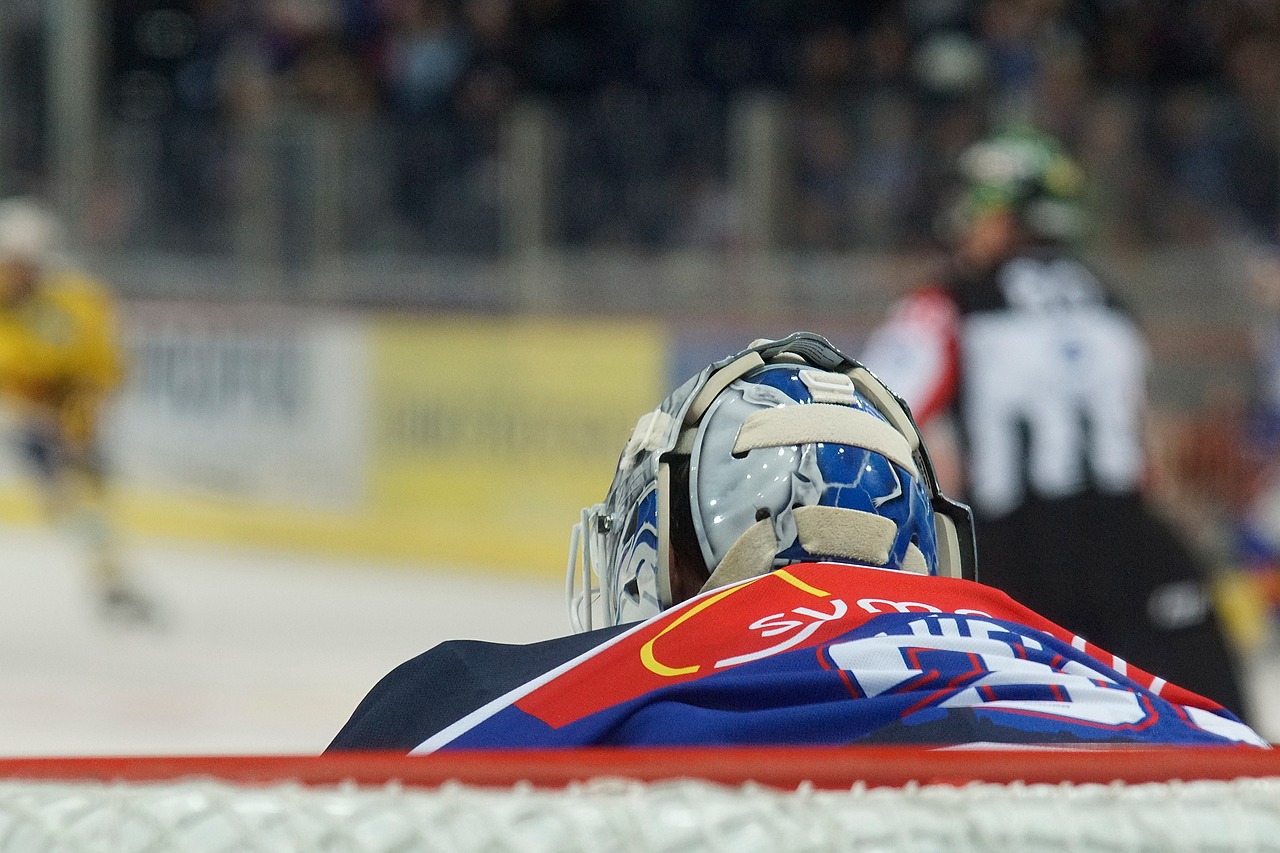
C. Impact on Gameplay: Power Plays and Penalty Kills
Penalties trigger a special teams situation, where one team has a numerical advantage (the power play), and the other must defend short-handed (penalty kill).
-
Objective: Maintain possession, move the puck quickly, and create high-percentage scoring chances.
-
Formations: Common setups include 1–3–1, umbrella, and overload—each maximizing shooting lanes and puck support.
-
Key Stat (2025): Winnipeg leads the league with a 29.4% power play conversion rate, emphasizing the growing impact of man-advantage situations.
Penalty Kill
-
Objective: Disrupt passing lanes, force low-danger shots, and clear the puck without icing (which is allowed on the penalty kill).
-
Shorthanded Goals: Aggressive penalty-killing units can counterattack and score with one player down—a momentum-shifting moment that’s more common than fans realize.
🧠 2024–25 trend: With face-off violation rules now penalizing both centers after icing, teams must be sharper in defensive zone draws—especially during penalty kills.
Understanding this interplay of power is as vital as knowing how to execute an effective hockey faceoff.
Notable Cases of Penalties in Hockey History
Penalties aren’t just part of the rulebook — they’ve shaped careers, playoff outcomes, and league-wide reforms. This section spotlights real examples that demonstrate just how consequential a single infraction can be.
A. Games Changed by Penalties
1998 Olympic Semifinal: Canada vs. Czech Republic
In one of the most debated penalty calls in Olympic hockey history, a controversial high-sticking penalty in overtime led to a power play for the Czech Republic. The momentum shift directly contributed to Canada’s elimination — despite dominating possession.
2011 Stanley Cup Finals: Rome’s Hit on Horton
In Game 3, Aaron Rome delivered a late hit to Nathan Horton, resulting in a severe concussion and a four-game suspension. This moment reinforced the NHL’s growing concern over hits to the head and set a precedent for future bans tied to injury outcomes.
2022 Playoffs: Too Many Men (Colorado vs. Edmonton)
In a tightly contested Western Conference Final, a missed Too Many Men infraction on the ice went uncalled and led to a game-winning goal. This reignited league discussions around expanding video review for non-penalty but impactful infractions — a change implemented in part by 2024.
🔁 Modern impact: These cases helped shape today’s rules around supplemental discipline, reviewable penalties, and coach’s challenges.
B. Most Penalized Players in History and Their Infractions
Some players built their reputation around physicality — and their penalty totals reflect it. Here are the most penalized players ever to hit NHL ice:
| Player Name | Penalty Minutes (PIM) | Notable Infractions |
|---|---|---|
| Dave "Tiger" Williams | 3,966 | Fighting, roughing, misconduct |
| Dale Hunter | 3,565 | Boarding, cross-checking, charging |
| Tie Domi | 3,515 | Fighting, unsportsmanlike conduct |
| Marty McSorley | 3,381 | Stick infractions, fighting |
| Bob Probert | 3,300+ | Multiple major penalties and misconducts |
⚠️ Legacy note: Many of these players played in an era with more lenient fighting enforcement. Several infractions that were once tolerated would now trigger suspensions or match penalties under the 2024–25 rulebook.
Avoiding Penalties and Playing Smart
Discipline is a competitive asset. In today’s game, penalties aren’t just mistakes—they shift momentum and cost opportunities. Players need to skate hard without crossing the line.
Quick Tips to Avoid Penalties:
-
Stick discipline: Keep it low to avoid high-sticking or tripping.
-
Stay composed: Retaliation often gets the second penalty.
-
Know the rules: Updated enforcement (e.g. face-offs, goalie net displacements) punishes small lapses.
🧠 Teams now coach “penalty awareness” into regular practice—especially for special teams players.
Rule Changes: What’s New ?
The NHL tightened several rules this season to close loopholes and protect players. Here’s what changed:
-
Puck-over-glass is now challengeable — but failed challenges cost a minor penalty.
-
Goalies can’t knock the net off to trigger a stoppage (Rule 63.8).
-
Face-off violations after icing now penalize both centers, not just defense.
-
Backup goalies get a 90-second warm-up when subbing in mid-period.
-
Line change abuse near benches now draws minors on repeat.
🔮 What’s next? Expect stricter fighting rules, automated reviews for majors, and tech-based tracking for repeat offenders.
Frequently Asked Questions on Hockey Penalties
Who calls penalties in a hockey game?
Referees call most penalties (stick infractions, hits, misconduct), while linesmen handle offsides, icing, and can report unsportsmanlike behavior.
Are NHL penalties the same in college and youth hockey?
No. Youth and collegiate leagues enforce stricter rules, especially around fighting, checking, and body contact. Safety is prioritized at those levels.
What penalties aim to improve player safety?
Enforced more strictly in recent years:
-
Hits to the head
-
Checking from behind
-
Equipment violations (e.g. oversized goalie pads, illegal stick curves)
What happens after a fight in the NHL?
Both players receive five-minute majors. If one instigated, they may get an additional two-minute minor or 10-minute misconduct.
The landscape of hockey penalties is constantly evolving, just like the strategies players use, be it off-ice training for hockey or choosing the right hockey skate hollow. Staying informed about these changes can enrich your understanding of the game and enhance your enjoyment of this exciting sport
Most importantly, we explored the strategies to avoid penalties and the significance of discipline in this adrenaline-charged sport. Just like understanding how to sharpen hockey skates is crucial, so is comprehending the subtleties of penalties.
Final Thoughts
If you’re a fan, coach, or player, understanding hockey penalties adds depth to how you experience the game. From knowing why a whistle was blown to predicting how a penalty kill shifts strategy—every infraction tells a story.
X. Resources for Further Reading
1. Official NHL Rulebook
2. USA Hockey Rulebook
